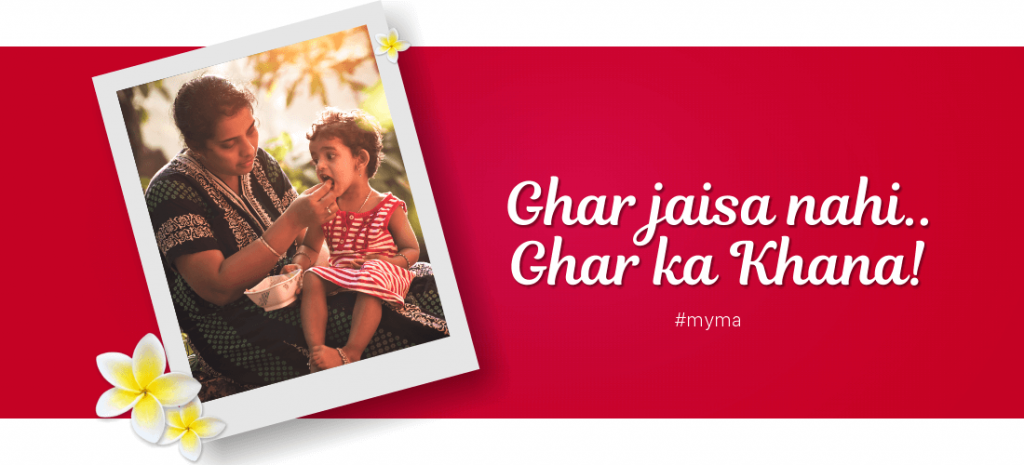When it comes to food photography, one of the most crucial elements to consider is white balance. It’s the key to capturing the perfect colors of your dish, and it can make or break the overall look of your photo. Understanding white balance in food photography is essential, as it can help you create the perfect image for your viewers.
1: What is white balance?
White balance is a setting on your camera that adjusts the colors in your photo to accurately represent the colors of the subject you are photographing. It’s an important aspect of photography, as it ensures that the colors in your photo are true to life.
2: How does white balance affect food photography?
In food photography, white balance is critical because it can affect the overall look of your dish. If your white balance is off, the colors of your food can appear unnatural or unappetizing. It can also change the mood of your photo. For example, if you are photographing a warm, cozy bowl of soup, a cool white balance can make the image look cold and uninviting.
3: Common white balance settings
There are several common white balance settings you can use in food photography, including auto, daylight, cloudy, shade, tungsten, and fluorescent. Each setting adjusts the colors in your photo to match the lighting conditions of your environment.
4: Using custom white balance
If you want to take your food photography to the next level, you may want to consider using custom white balance. This allows you to calibrate your camera’s white balance to the specific lighting conditions of your environment. You can do this by taking a photo of a white or gray card and using it as a reference point for your camera.
5: Adjusting white balance in post-processing
If you forget to adjust your white balance while shooting, don’t worry! You can also adjust the white balance in post-processing. Most photo editing software has tools that allow you to adjust the temperature and tint of your image to get the colors just right.
6: Tips for achieving the perfect white balance
Here are some tips to help you achieve the perfect white balance in your food photography:
1.Use a white or gray card to set a custom white balance.
2.Pay attention to the lighting conditions of your environment and adjust your white balance accordingly.
3.Shoot in RAW format to give yourself more flexibility in post-processing.
4.Experiment with different white balance settings to find the one that works best for your subject.
7: Conclusion
White balance is a critical aspect of food photography that can make a huge difference in the overall look and feel of your images. Whether you’re shooting in natural light or artificial light, understanding white balance is essential to capturing the perfect colors of your dish. With the right white balance settings and some practice, you can take your food photography to the next level and create images that are both beautiful and appetizing.
Myma… Ghar jaisa nahi, Ghar ka khana!


